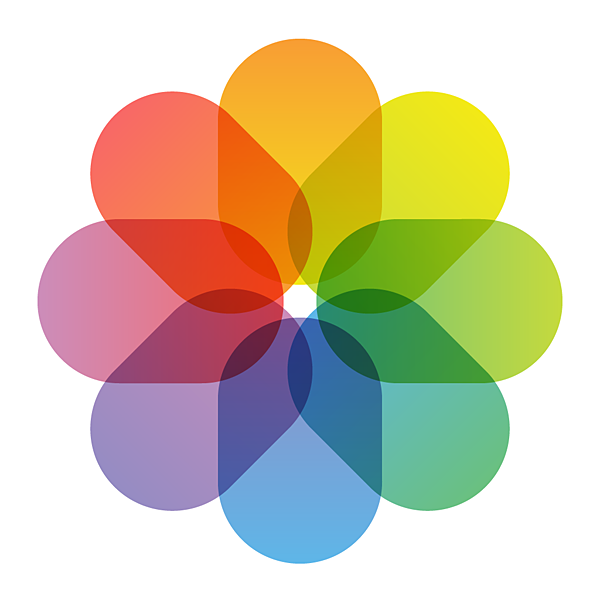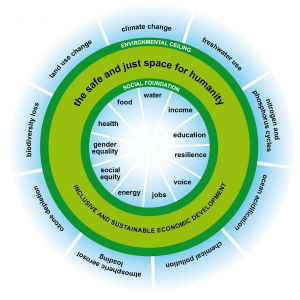Last Monday, 18th of January 2016, Stockholm Resilience Center organized an open symposium with the theme: “Earth’s Safe Operating Space for Humanity” at the Natural History Museum, with the participation of 5 speakers: Kate Raworth (Doughnut Concept), Jean-Pierre Ometto (INPE-Brazil), Katrin Zimmer (Naturvårdsverket), Eva Karlsson (Houdini) and Josefine Skerk (Sami Parliament). The presentations brought the perspective from a variety of actors in respect of the use of the Planet Boundaries Concept, created by the Rockström et al.
In her presentation, Kate Raworth showed how she developed the Doughnut concept from the Planet Boundaries. As a social foundation, food, water, income, education, resilience, voice, jobs, energy, social equity, gender equality and health give the boundaries to the “safe operating space for humanity” that are ceiled by the environmental limits of our planet. Them, together, are the biggest challenge for the next century. As an example, Raworth mentioned that 33% of the World’s population don’t receive enough food, while there is ten times more food than necessary for this 33% of the population.
Another subject, was treated at the response to the dought concept, which was classified in four: Do nothing, Fair Shared, Do not Harm and Be Generous. It is interesting to say that we aren’t still on the “Be Generous” response, but some company are already at the “Do Not Harm” response, that means large corporations working towards sustainability.
Global change needs global science
The Second presentation, by Jean-Pierre Ometto, talked about the Global South perspective on the Planet Boundaries, bringing the Challenge from the Nitrogen and the FreshWater Use, from a Latin America’s point of view. It was talked about scaling up the perspective on the Planet Boundaries concept, because from a Global view, some boundaries might look safe, but from a more local point, it might be in high risk, like in Brazil, where there is a big problem with Freshwater Use and distribution along the country.
In her presentation, Katrin Zimmer mentioned about how Naturvårdsverket is dealing with the national environment performance on the Planet Boundaries, and linking the Swedish Environmental objetives taking the Planet Boundaries consideration.
Eva Karlsson, from the Houdini Company, gave her experience in an enterpreneur point-of-view towards sustainable development. Unfortunately, on the Sportwear Market, companies usually use 500 lakes/brand/year. For that Reason, Houdini is working for the maximum experience, the zero impact. They are working on Circular product lifecycles, what means that the product can last longer, emiting less carbon and controlling the chemical impacts in the environment. Houdini is creating new methods to sell, through recycling, for example, where an old garment can be recycle and turned in a new one, or Repairing, so it can last longer. A second way is through Reuse, where Houdini sells second-hands Garments, so it won’t go to the trash, and Rental, in case people don’t want to use that Garment for a long time.
The last speaker, Josefine Skerk, mentioned about the Sapmí view on the economy growth, and how Sweden is using the Northern Lands for Mining, saying that 98% of the mining in Sweden is produced in Sapmí lands. She also talked about Culture, Identity and Diversity, and how important is to keep that culture alive, since the sapmís have no members on the parliament.
In conclusion, it was very productive to see new perspectives about the Planet Boundaries being shared, giving new insights and new realities for the subject.

 Gästbloggare
Gästbloggare

